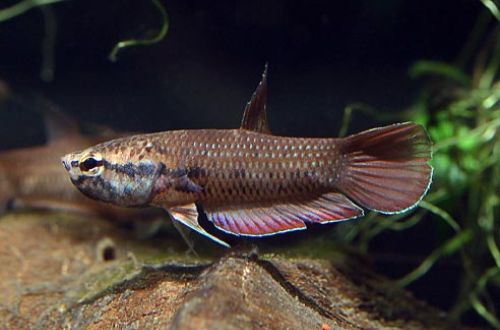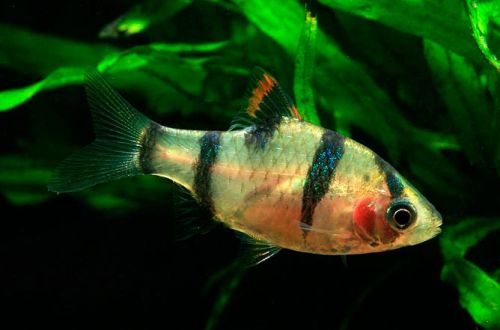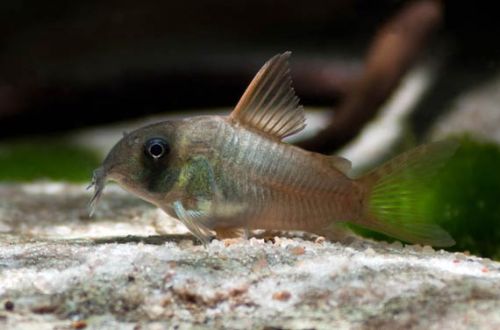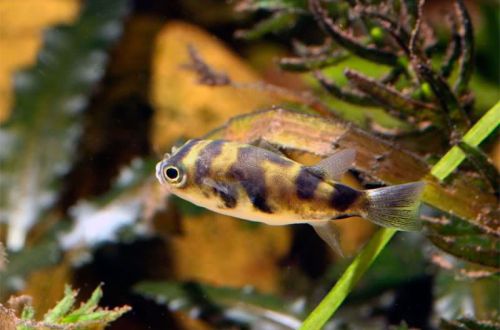
betta falxa
Betta Falx or Cockerel Falx, scientific name Betta falx, belongs to the Osphronemidae family. It belongs to the group of fighting fish, but despite this it does not have a fighting disposition, but on the contrary, it has a rather calm behavior. Considered easy to keep, compatible with many other freshwater fish.

Contents
Habitat
Comes from Southeast Asia. Endemic to the central part of the Indonesian island of Sumatra (Jambi province. Inhabits small streams, rivers, peat bogs and other shallow water bodies under the dense canopy of a tropical forest. Due to the dense crown of trees, light practically does not reach the surface even on the sunniest day. Poor illumination does not imply a riot of vegetation, which is represented mainly by semi-aquatic mosses and ferns.The bottom of the reservoirs is covered with a layer of fallen leaves, twigs and other woody structures.When numerous organic material is located, humic acids and other substances are released that give the water a brown color.
Brief information:
- The volume of the aquarium – from 50 liters.
- Temperature – 22-27°C
- Value pH — 4.0–7.0
- Water hardness – 0–10 dGH
- Substrate type – any dark
- Lighting – subdued
- Brackish water – no
- Water movement – little or no
- The size of the fish is 6–7 cm.
- Food – any food
- Temperament – peaceful
- Content – alone, in pairs or in a group
Description
Adults reach a length of 4-5 cm. Males, unlike females, look larger, develop more elongated fin tips and have iridescent pigment, iridescent blue, red, silvery hues. It is most abundant on the lower edge of the anal fin and tail. Barely noticeable rows of irregular dark stripes run along the body from head to tail. The main color is grey.
Wild populations have little variation, depending on the specific place of origin. Many collectors and enthusiasts strive to keep their fish pure and never keep fish from different habitats together. Sometimes the prefix Jambi, Utara or some others are added to the name of the species, which just means a pure line of a particular variety of Betta Falx.
Food
An omnivorous species, it will accept most popular foods designed for aquarium fish. The daily diet can consist exclusively of dry foods in the form of flakes, granules. However, it will not be superfluous to dilute it with live or frozen food from artemia, daphnia, bloodworms, etc.
Maintenance and care, arrangement of the aquarium
The optimal size of the aquarium for one or two fish starts from 50 liters. The content of the Falx Cockerel is quite simple and will not cause much difficulty for an experienced aquarist. However, some important points must be taken into account. Set the lighting to a dimmed level or use thick floating plants to shade some areas. Minimize water movement caused by the filtration system. Therefore, when choosing a filter, it is necessary to choose a model that does not cause excessive flow. It is desirable to have a lid that fits snugly to the aquarium so that moist warm air remains under it – vital for all Labyrinth fish.
It is worth noting that a beginner may encounter difficulties in the process of water treatment, since the fish need an acidic aquatic environment with low values of carbonate hardness – we are talking about pH and dGH.
The design is arbitrary, however, the fish will look most harmonious in conditions reminiscent of their natural habitat, namely, among flooded snags and aquatic shade-loving plants against a dark substrate covered with a layer of leaves. The dried leaves of some trees are a useful addition and serve not only as part of the design, but also affect the composition of the water, making it look like the one in which fish live in nature. Read more in the article “Which tree leaves can be used in an aquarium.”
Behavior and Compatibility
Betta Falxa is peacefully disposed towards other species, gets along well with non-aggressive fish of a comparable size, capable of living in similar conditions. Intraspecific relationships are built on competition between males for the attention of females, especially during the breeding season. Unlike some other Betta fish, rivalry does not result in skirmishes, however, in a small aquarium it is worth keeping only one male in the company of one or more females.
Breeding / breeding
Cases of successful breeding in an artificial environment are not rare if the fish are in suitable conditions and receive a balanced diet. The best results are achieved in a species aquarium where there is no one else besides the Cockerels. With the onset of the breeding season, the male begins active courtship, usually he shows interest in only one female, forming a pair with her. The spawning process itself is accompanied by a conformable “dance of hugs”, in which the fish seem to wrap themselves around each other. At this point, the eggs are fertilized. The fish do not spawn on the ground and do not create masonry. The male picks up the eggs in his mouth, where they will spend the entire incubation period of 9–12 days. The fry appear fully formed and can take food such as brine shrimp nauplii or any other specialized food.
Fish diseases
The cause of most diseases is unsuitable conditions of detention. A stable habitat will be the key to successful keeping. In the event of symptoms of the disease, first of all, the quality of the water should be checked and, if deviations are found, measures should be taken to correct the situation. If symptoms persist or even worsen, medical treatment will be required. Read more about symptoms and treatments in the Aquarium Fish Diseases section.





